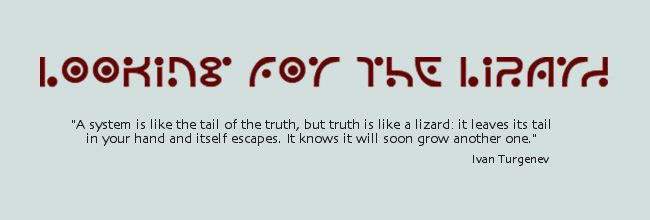
I attended another retreat at Laity Lodge recently, this one for pastors of artists. My hope in going was that I would get a sense of what pastors need from someone like me. The daily struggle of writing the book has become like trying to drive a bumper car in a straight line in a rink full of 10-year-old boys on a sugar high. I was starting to despair of knowing how to get where I was going.
Most of the retreat attendees were 20- to 30-somethings, and most were not just thinking about starting arts ministries but were already deep into it. Very different from the people attending the Transforming Culture symposium two years ago (a 3-day event for artists and pastors) and even from the same Laity Lodge retreat last year, where most were just beginning to imagine bringing the arts into their churches. The pastors this weekend came from a wide variety of churches and arts backgrounds. It was clear that pastors’ interest in the arts is no longer on the bleeding edge.
It also became clear to me, as I spoke with and listened to the folks I met, that every one of them, with their own particular bent and set of skills and church culture, has created something different in terms of an arts ministry. Of course, I knew this would be true and never set out to write a one-size-fits-all template for arts ministry. But actually hearing firsthand the variety of approaches and concerns, I gradually realized that my stuckness has been due to trying to be all things to all people.
I knew my experience was limited, but my overachieving self believed that I must do more than I actually know how to do. In spite of knowing my limitations, I was in fact believing that God would not be pleased with me unless I exceeded those limits through monumental effort. God would not respect me unless I read everything already written about the arts and the church and then wrote the definitive book on how to create an arts ministry in the midst of this culture at this time. This definitive book would be about the nuts and bolts of presenting visual art in a Protestant church, which one can’t do (I told myself) without understanding the philosophy and theology of aesthetics, Western art history, church history at least since the Reformation, American cultural studies (look it up), the history of Hope Chapel and HopeArts, the psychology of relationships and of the artistic temperament. And I couldn’t limit myself to visual art when at Hope the performing arts were integral to the ministry. The definitive book must also include true stories to keep readers interested, it can’t be too academic in style or content, and it must be artful, even poetic, to prove the premise that Christians can produce good art.
Wow, did I really believe all that?


